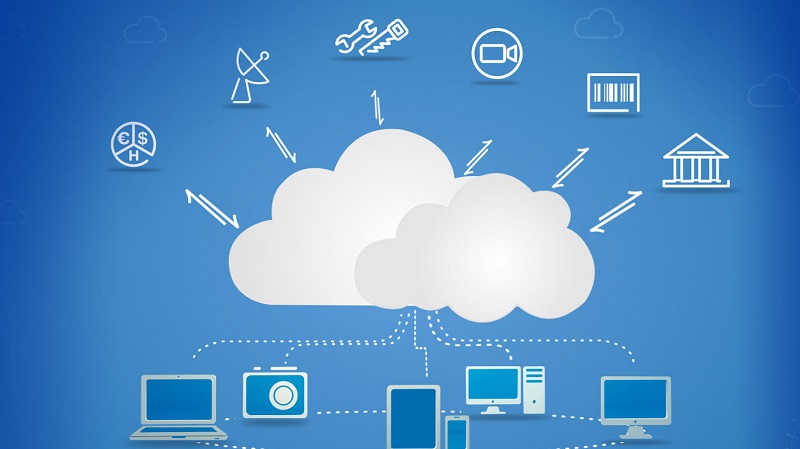Many companies are complementing their digital transformation with work in the cloud. That is how today technology has facilitated business in many ways. Working in the cloud means savings in infrastructure and investment, greater accessibility from any device and better collaboration, among other advantages. However, there are still companies that continue to resist working and migrate their data to the cloud.
In recent years, there have been numerous cyber attacks against various companies, which has increased their security and protection of their data.
There are different myths in terms of security in the cloud; This generates indecision and reluctance to companies when migrating their data.
Today we are going to dismantle some of the Security in the Cloud:

1. The cloud is not safe
One of the biggest myths about the cloud. Cloud computing providers take security very seriously, it’s their job; the cloud has proven to be highly reliable. Many controls are carried out to meet all the requirements and regulations, in addition to providing confidence to its customers. Your security is greater than that of any data center of most companies.
2. In the cloud, there are security breaches. The data could be mixed and accessed by another company or third parties
This point goes hand in hand with the first. Today, there are more security tools than years ago. Cloud computing providers make use of these tools to offer the best service to their customers and provide maximum security in the storage of their data and any cyber attack.
3. It is important to have physical control of the data for your security in the cloud
More important than a “physical control” of the data is having access to them to protect from others. It is essential to establish encryption and the relevant controls to ensure that only those who have permission can access this data.

4. You can use your current security tools in the cloud
No, since some will not work. Most will not be able to cope with what specific concerns of the cloud.
5. The maintenance of security in the cloud is very complex
Although the tools are different, the procedures for maintaining the security that existed before moving to the cloud can continue to be used, with certain adjustments, but avoiding this false complexity.
6. Protecting the cloud is enough
Is not sufficient if you are going to demand maximum security in the cloud providers, the company’s internal security policies must also be addressed with the same importance; analyze the measures to be implemented and the possible risks.
7. The public cloud is more popular
The most requested yes, but not for that the most popular. People feel more secure in the private cloud that is why the volume of demand is greater. Many businesses are introducing hybrid clouds to integrate data and processes, both in public and private clouds, to improve results.
8. The same cloud format works for everyone
In truth there are different options, different implementation models (public, private or mixed), different service models (SaaS or Software as a Service, PaaS or Platform as a Service and IaaS or Infrastructure as a Service) and operation models for a solution for security in the cloud (customer as owner and operator, provider as owner and operator or customer as owner and supplier as operator). What is clear is that there are several options and it is important to know all of them in order to be able to choose the one that best suits the needs.
The best way to start is with small projects and those that give us a headache to maintain local infrastructure.
As of today, we are not aware that almost all of the companies are already working with cloud solutions such as Office 365, Google, Dropbox, etc.

9. Virtualization and the cloud are the same
Virtualization gave rise to the existence of the cloud, but that does not mean that they are the same. Virtualization, by itself, does not have all the elements to have a cloud.
10. The biggest advantage of the cloud is cost savings
Before a point: if we compare the cost of acquisition of the infrastructure against the cost in the cloud, a priori in “n” months the cost of the infrastructure is amortized against the cloud, but the error is not to include additional costs. That is the cost of services included in the cloud, such as support, maintenance, high availability, energy cost, licensing costs, etc. If we are able to measure all costs, it is where we really see the savings versus an infrastructure purchase.
But the possible savings is not the main advantage offered by the cloud. The reality is that saving is not the greatest benefit for users. The cloud can be very useful to reduce risks of failed implementations or to adapt more easily to the changing needs of a business, punctual peaks of work and compliance with budget and expenses of the company; and these are just some of the advantages.






